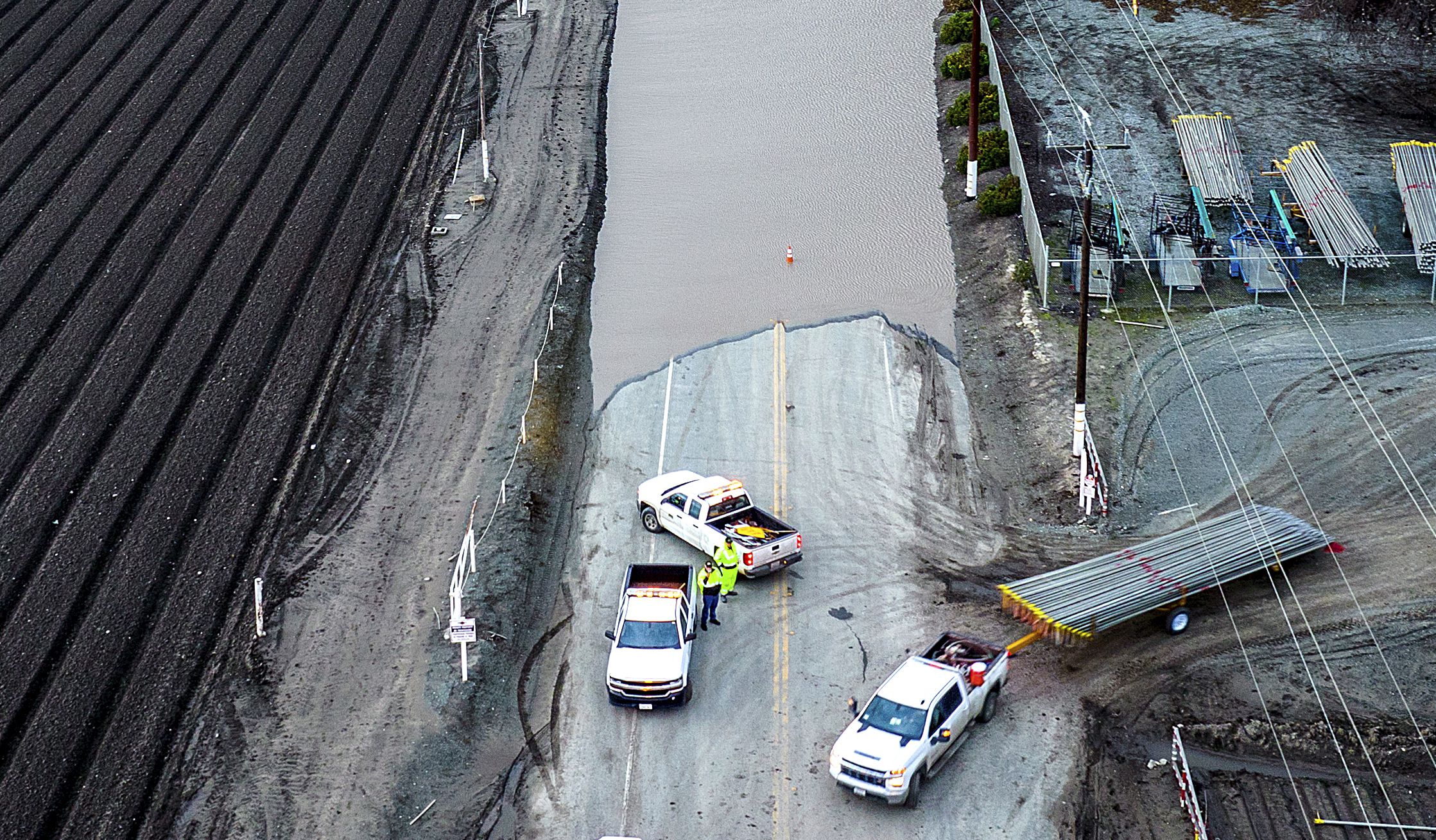California prepares to suffer “catastrophic floods” the weekend, forecasters warn, as an eighth consecutive storm dumps large amounts of water and snow on a region where soils are already saturated.
The most populous state in USA It has been hit in recent weeks by downpours that have killed at least 19 people and triggered flooding, power outages and landslides.
Look: Storms leave at least 17 dead after passing through California, where more flooding is expected
A new low pressure system hit the region on Friday, threatening to isolate the Monterey peninsula and inundate the city of Salinas – population 160,000 – in the country’s most populous state.
“The entire lower Salinas Valley will suffer catastrophic flooding”, warned the United States Weather Service (NWS).
“The entire city of Salinas is in danger of flooding. Most of Castroville will be flooded. All the routes near the Salinas River will be flooded and impassable,” the forecasters predicted. “Many roads, homes, and agricultural areas in the Salinas Valley will experience significant flood damage.”
The Salinas river is expected to overflow its banks on Friday after weeks of torrential rains, in a flood that could last until Sunday.
Evacuation orders have multiplied, while Monterey County authorities warn that Salinas residents should prepare to “be incommunicado for two or three days” before possible roadblocks.
The warnings come as the region tries to recover from previous repeated downpours. The short lulls between two storms barely give authorities time to clean up the damage before the next deluge.
Among the 19 victims in the state are drivers found trapped in their submerged cars, people struck by fallen trees and a couple killed in a rockslide.
other regions
“The unsettled weather currently prevailing in the west of the country (…) will unfortunately continue this weekend, with two more rounds of heavy rainfall expected,” the NWS warned.
Forecasters say the first of two cyclones moving from the Pacific Ocean to the West Coast will spread rain farther north, forming a band from north of California to the states of Oregon and Washington.
Up to 15 cm of rain is expected in the next few hours around Seattle, a large city in the northwestern United States.
While parts of Washington state are under avalanche watch, as the storm it brings wetter, heavier snow to the mountains.
The Northwest Avalanche Center said it expects “dangerous and large-scale” avalanches with the passage of this weather event.
These include ‘wet snow avalanches’, which occur when wetter snow accumulates on top of a light snow cover, making the whole package unstable.
Climate change
California it is used to extreme weather, and winter storms are common.
But scientists say climate change, fueled by human burning of fossil fuels, is making these events more ferocious.
While it is wreaking short-term disasters, the rain is badly needed in the American West, where more than two decades of drought have imposed unprecedented restrictions on water use.

However, climatologists warn that even the kind of monstrous downpours that have hit the region this month is not going to reverse more than 20 years of below-average rainfall.
Lake Shasta, the largest reservoir in the state, was still at just two-thirds of its historical average in early January, according to data from the department of water resources.
Source: Elcomercio
I am Jack Morton and I work in 24 News Recorder. I mostly cover world news and I have also authored 24 news recorder. I find this work highly interesting and it allows me to keep up with current events happening around the world.

:quality(75)/cloudfront-us-east-1.images.arcpublishing.com/elcomercio/OXGPORNFXJALNLB65CXCVKLF5Y.jpg)







